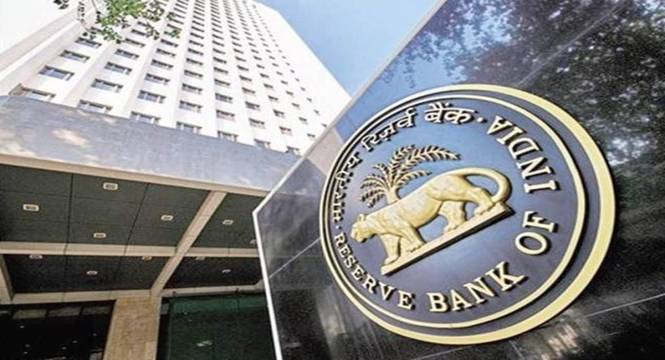The Reserve Bank of India (RBI) on Friday said that the Indian economy is expected to grow between 6.1-6.3% in the second quarter of the current financial year.
Also Read – Bank Bandh On Nov 19 Postponed: AIBEA Says Understanding Has Been Reached On All Issues
The government is scheduled to release the gross domestic product (GDP) data for Q2FY23 by the end of the month.
The RBI, in its monetary policy statement, had estimated GDP growth of 6.3% in Q2, 4.6% in Q3 and Q4 each, with 7% growth in FY23.
“If this is realised, India is on course for a growth rate of about 7% in 2022-23,” the central bank said in its bulletin for November.
While the domestic macroeconomic outlook is resilient, it is sensitive to formidable global headwinds, the RBI said, adding that the urban demand appears robust and rural demand has recently picking up traction. The index of industrial production (IIP), which had contracted by 0.8% in August, turned positive at 3.1% in September. This is in line with the manufacturing purchasing managers’ index (PMI), which improved to 55.1% in October from 54.3% a month ago.
“With headline inflation beginning to show signs of easing, the domestic macroeconomic outlook can best be characterised as resilient but sensitive to formidable global headwinds,” the RBI said.
The construction sector remains in expansion, and contact-intensive services, in particular, hospitality, travel and recreation, are experiencing explosive growth, the central bank said. Aided by festival season demand, rural demand sustained above pre-pandemic levels for the second consecutive month in October. The farm sector remained positive, with domestic sales of tractors recording growth even as sales of two wheelers and motorcycles remained muted due to price hikes dampening demand.
Additionally, the decline in the US consumer price data for October provided relief to markets across the globe, and investors are now pricing in more moderate increases in policy rates.
Also Read – Gold price today: 10 grams of 24-carat stands at Rs 53,020; silver at Rs 60,900 per kilo
“If these data have any lead information content, the hard landing that is widely feared may turn out to be less painful,” the RBI said.
The two major risks to global financial stability are disorderly tightening of financial conditions and debt distress among emerging and frontier economies, the RBI said citing a IMF report.





































